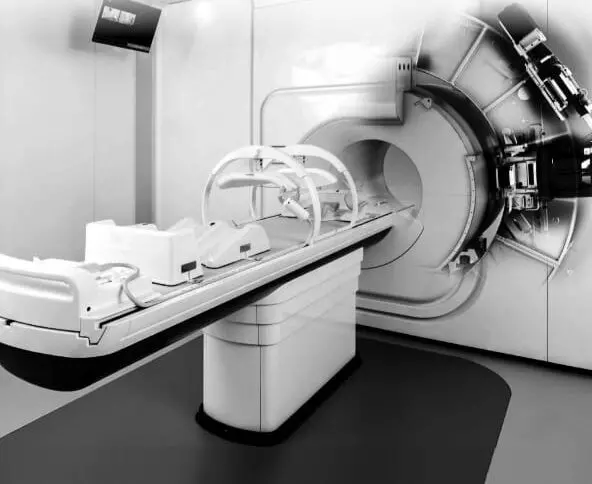Cancer care: Yashoda first in country to launch MR-Linac tech by Elekta Unity
Patients are imaged using external imaging modalities like CT or MRI, and then the treatment plan is generated based on those images.
By Newsmeter Network
Hyderabad: In order to boost cancer care, a new technology was launched in Hyderabad recently. Called MR-Linac and developed by Elekta Unity, this technology combines the power of magnetic resonance imaging (MRI) with precise radiation delivery through a linear accelerator in a single unit, marking a significant advancement in cancer treatment.
Yashoda Hospital at Hi-Tech City is said to be the first hospital in the country to launch Elekta Unity's MR-Linac.
With a conventional Linac, imaging and radiation delivery are typically separate processes. Patients are imaged using external imaging modalities like CT or MRI, and then the treatment plan is generated based on those images.
The Cone beam CT (CBCT) integrated linear accelerator delivers radiation to the patient based on the pre-planned treatment.
But this approach has limitations in detailed visualisation of the tumour and surrounding healthy tissues based on response during radiotherapy and can lead to inadvertently irradiating surrounding healthy tissues.
Highlighting the advantages of MR-Linac radiation therapy over conventional methods of treatment, Dr GS Rao, managing director of Yashoda Hospitals, Hyderabad, stated that MR-guided radiation therapy is now being utilised for various conditions, including benign and malignant brain tumours and cancers of the head and neck, prostate, pancreas, lung, liver and rectum. It’s important to note that the specific applications of this technology are rapidly evolving as its capabilities continue to advance.
“By harnessing the capabilities of MRI technology and linear accelerator, this innovative machine enables precise, accurate and adaptive radiation therapy in real-time. MR-Linac incorporates an MRI scanner directly into the Linac system. This allows for real-time imaging of the patient’s anatomy during radiation treatment sessions. The MRI provides detailed visualisation of the tumour and surrounding healthy tissues, enabling accurate adaptation of the radiation dose based on the observed changes in real time. It allows for the targeting of tumours with unparalleled precision resulting in improved outcomes with reduced side effects,” said Dr Rao.
The MR-Linac’s imaging capabilities provide valuable information on tumours, response to treatment, changes in anatomy and functional characteristics during the treatment course, which allows doctors and physicists to personalise treatment in real-time (modified during the course of therapy without interruptions) and to ensure accurate targeting of tumour and minimise damage to healthy tissues, said Dr CS Pramesh, director of the Tata Memorial Hospital and professor and head of Thoracic Surgery at the Tata Memorial Centre, Mumbai while launching MR-Linac.